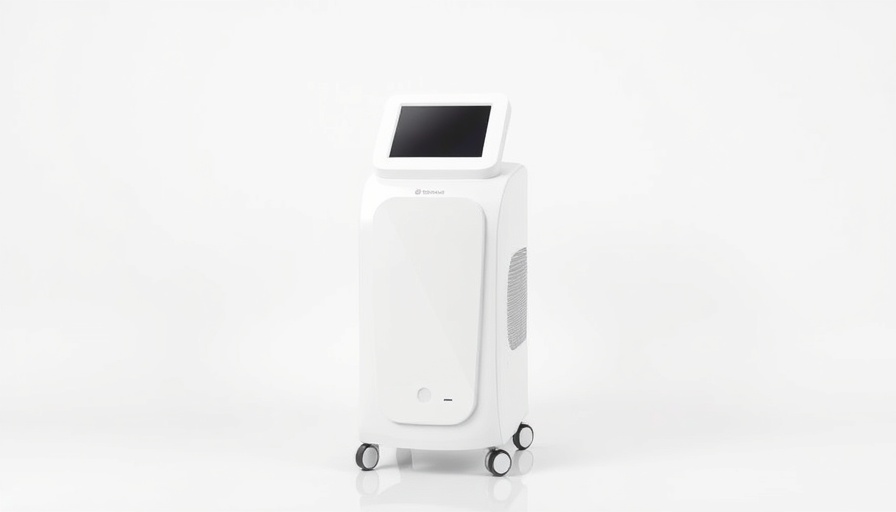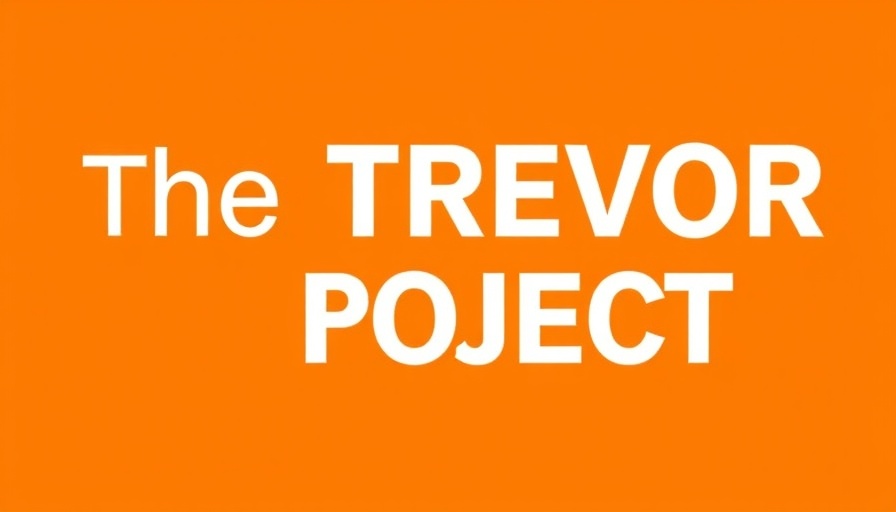
Revolutionizing Scar Treatment for Skin of Color
At the forefront of dermatological advancements, Dr. Robyn Siperstein presented groundbreaking findings at the 2025 American Academy of Dermatology Annual Meeting, focusing on the treatment of hypertrophic and hyperpigmented scars in patients with darker skin tones. With increasing awareness and understanding of how various skin types respond differently to treatments, Dr. Siperstein emphasized that microneedling radiofrequency offers a safer alternative for addressing these issues compared to traditional methods, especially for patients with Fitzpatrick skin types IV to VI.
The Importance of Technique in Microneedling
The innovations presented involve the use of insulated needles and careful depth management to prevent post-inflammatory hyperpigmentation (PIH), a common side effect among darker skin types when treated with conventional laser therapies. Dr. Siperstein's approach of using a semi-insulated needle directs most of the energy at the needle’s tip, preserving the epidermis. This strategic focus allows practitioners to achieve desired results without compromising skin integrity.
Benefits of Microneedling Radiofrequency
Microneedling, particularly when combined with radiofrequency, has shown promise for treating hypertrophic scars by breaking down collagen effectively and minimizing inflammatory responses. In her lecture, Dr. Siperstein discussed her practice's evolution from initially using microneedling solely for enhancing skin texture to incorporating it into more complex treatments for hyperpigmented and raised scars.
The Effectiveness Backed by Evidence
Evidence gathered from various clinical studies, including recent findings presented in conjunction with Dr. Siperstein's work, highlights that radiofrequency microneedling has potential benefits such as fewer adverse effects compared to traditional methods. For instance, a case study noted significant improvements in hypertrophic scars with minimal downtime, underscoring its appeal for patients desiring effective and less invasive options.
Personalizing Treatments for Better Outcomes
Drawing from the latest research, including a comprehensive double case report where fetal melanin pigment was retained while maximizing treatment response for hypertrophic scars, practitioners can customize microneedling depth and energy levels based on scar characteristics. This personalized approach not only enhances treatment efficacy but also fosters patient satisfaction and trust in cosmetic practices.
Embracing a Global Perspective
The session titled “Advances in Microneedling Techniques Around the World” highlighted the community’s collective knowledge on safe practices, showcasing how diverse practices can effectively manage dermatoses across different populations. As dermatologists share techniques globally, awareness grows about the nuances required to treat diverse skin types adequately.
What This Means for Patients and Practitioners
For healthcare providers and patients alike, understanding the intricacies of skin treatment is invaluable. Dr. Siperstein’s insights offer a roadmap for approaching scar treatments with greater precision and care, particularly in those with darker skin tones, where previous methods might have left residual scars.
With heightened awareness in dermatology about the distinct needs of various skin types, adopting cutting-edge techniques like radiofrequency microneedling can help avoid permanent skin damage while ensuring optimal aesthetic results.
 Add Row
Add Row  Add
Add 




Write A Comment